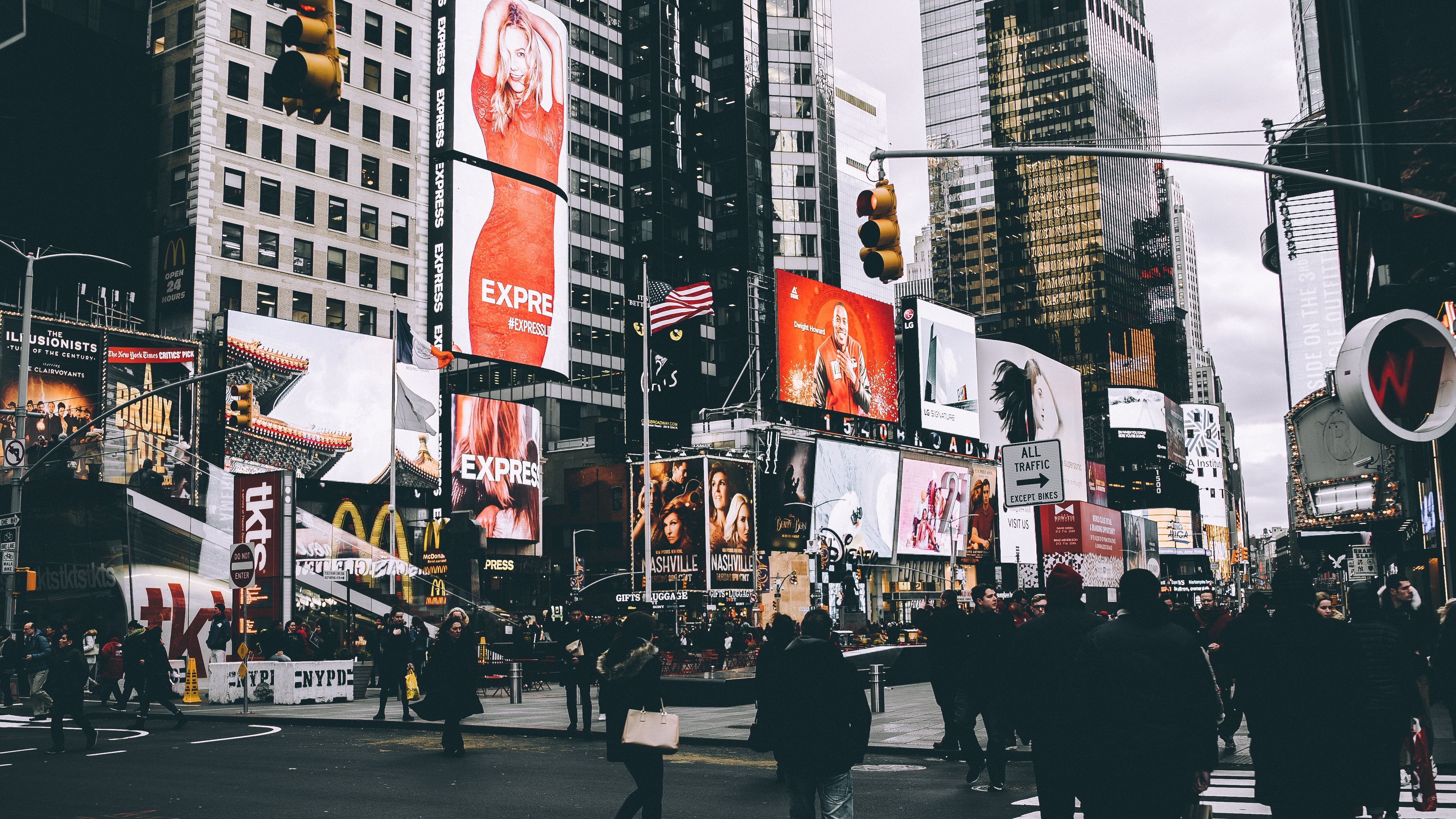
With media saturation at an all-time high, breaking through as a brand has never been more difficult. While there are more platforms and places to advertise than ever before, we continue to see the effectiveness of social and digital decline with more than 30% of people using ad blocking on their smartphones – not to mention fraud and other challenges.
With a smartphone in every hand, we’re living in an omni-screen world with millions of messages competing for the consumer’s attention. To be successful, CMOs and marketers need to seek out new data to understand the customer journey. Brands not only need to deliver the perfect storm of content, messages and experiences based on what the consumer is doing in the moment, but also where and when.
To build stronger integrated campaigns tied to mobile, brands are increasingly looking to out of home (OOH) and digital OOH (DOOH) advertising, which delivers the highest rate of online activation per dollar of any offline media. According to a new report, nearly a quarter of the top 100 OOH advertisers are major tech brands.
1. Pairing OOH with mobile campaigns to amplify brand messaging
There’s a significant amount of synergy when OOH is paired with localized, mobile marketing to drive stronger ROI and brand awareness. A great example is Sierra Nevada. The popular beer brand wanted to reach consumers where they were in the moment more effectively. As a result of an integrated campaign that included OOH and digital OOH ads, Sierra Nevada has seen an increase in brand sales and engagement.
“OOH is an important part of our broader marketing mix,” shares Joe Whitney, Chief Commercial Officer with Sierra Nevada Brewing Co. “In this day and age there simply aren’t a lot of advertising vehicles that have the sheer reach of OOH. The right message, at the right time, directed at the right audience, can have a big impact and it’s a great call to action with consumers.”
A recent study conducted by Omnicom Media Group’s Benchmarking found that the effectiveness of digital search increases by more than 40 percent when OOH is included in campaigns. The report also highlights the ROI opportunity for brands with OOH to complement mobile.
2. Leveraging OOH to better understand your customer’s journey while mobile
While digital marketing provides fully trackable insights, effectively reaching consumers via mobile and social ads alone can prove difficult. To improve efficiency of media spend, brands today have an opportunity to leverage OOH to better understand the customer journey and reach consumers at the optimal time and location with ads.
For example, if you show a mobile ad to a person who was recently in front of a large outdoor billboard, your ad is going to see a higher response rate, as Omnicom Group’s Benchmarketing study recently found. At a broader campaign level, this is incredibly valuable for brands. While in the past OOH was very difficult to measure, it has now become highly measurable with accurate geolocation and mobile data available to understand when, where and how often consumers are exposed to outdoor ads.
While most brands see the synergy between OOH and mobile, there continues to be some separation when it comes to channel swim-lanes. For instance, large agency groups may buy OOH media separate from their digital marketing teams – without fully leveraging the insights available via OOH to inform campaigns. At Billups, our focus is on helping brands apply data science and technology to develop smarter OOH campaigns that fully complement the broader marketing mix.
3. Expanding Reach through Digital OOH
In recent years, we’ve also seen massive investments by CMOs and brands in digital OOH – with the medium expected to reach the majority of Americans in 2018.
With an ever-increasing number of screens, there are more options for brands to deliver their stories and content in the moment and adjust the message dynamically based on hyperlocal data and insights.
“OOH is one of the last forms of traditional advertising that still offers massive reach,” shares Whitney. “While it’s an old form of advertising it’s ironically modern in the sense that your message needs to be distilled to its simplest form. We do a mix of traditional OOH as well as digital OOH across the country and are seeing great results.”
The dynamic nature of DOOH lets advertisers change creative based on a variety of triggers such as weather, search queries, and even the presence of mobile devices. For example, brands can adjust their message to display differently at different times depending on the context, hitting their target demographic, in turn, garnering more effective consumer interaction and results.
We are also seeing an increase in live streaming content in social media feeds, allowing brands to build a dialogue in real time, leading to brand loyalty and customer retention.
Originally seen in AW360.
Lorem ipsum dolor sit amet, consectetur adipiscing elit

These Stories on Out-of-Home
Don't worry—we won't share your information.